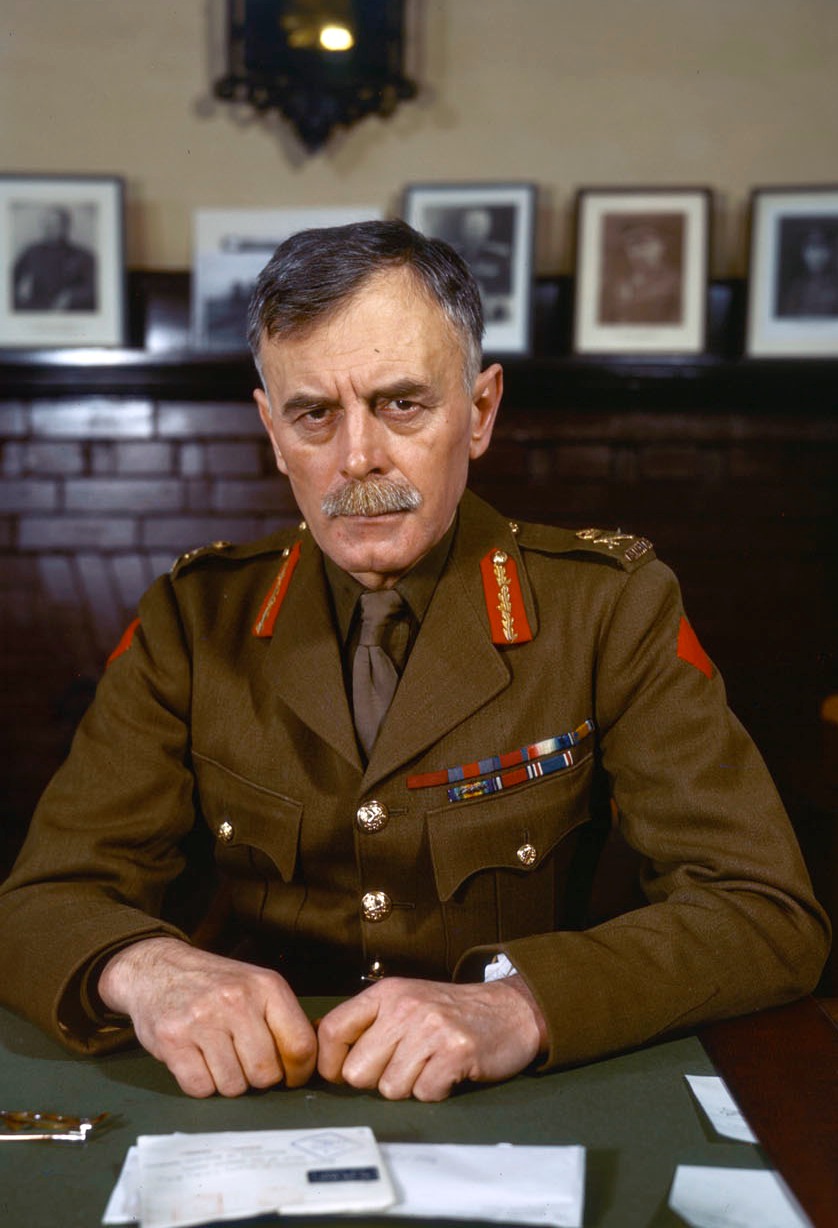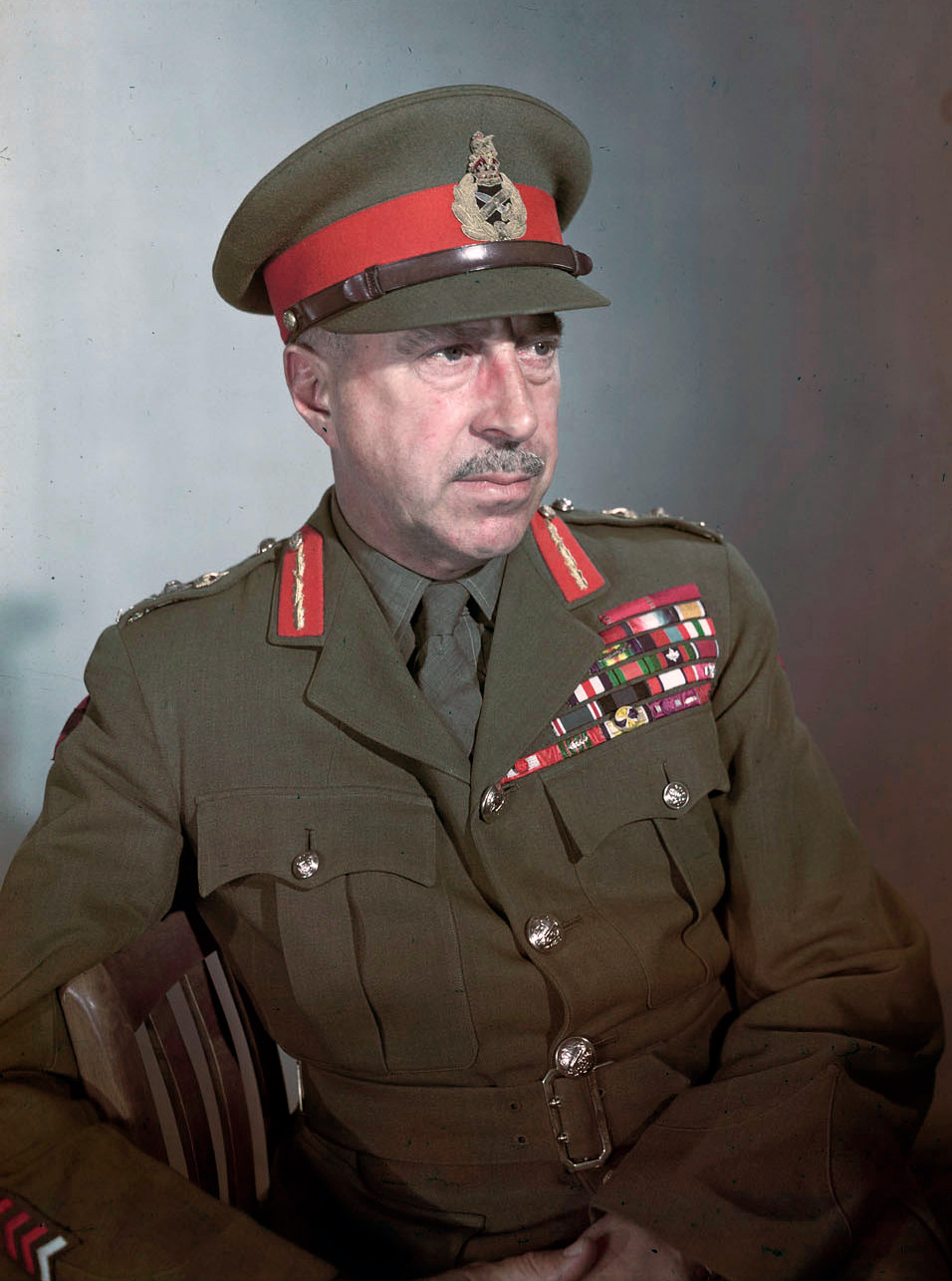Exercise Spartan on:
[Wikipedia]
[Google]
[Amazon]
Exercise Spartan was a
''CMHQ Report 94'', ''Exercise Spartan, March 1943''.
12 May 1943.
"The Test of Command: McNaughton and Exercise “Spartan,” 4–12 March 1943."
Canadian Military History 8, 3 (1999)

 While many lessons were learned throughout the exercise, the main result was that LGen McNaughton performance in command of the 1st Canadian Army was deemed unsatisfactory and he was relieved of command. Command was eventually given to General Crerar (1 Canadian Corps Commander during the Exercise). While it was clear since at least 1941 General Sir Alan Brooke had had issue with McNaughton, it seems that Brooke was able to use McNaughton’s performance during Ex Spartan to relieve him.
While many lessons were learned throughout the exercise, the main result was that LGen McNaughton performance in command of the 1st Canadian Army was deemed unsatisfactory and he was relieved of command. Command was eventually given to General Crerar (1 Canadian Corps Commander during the Exercise). While it was clear since at least 1941 General Sir Alan Brooke had had issue with McNaughton, it seems that Brooke was able to use McNaughton’s performance during Ex Spartan to relieve him.
World War II Today, ''British exercise tests Canadian Command''
Exercise Bumper
United Kingdom in World War II
Second World War
World War II or the Second World War, often abbreviated as WWII or WW2, was a world war that lasted from 1939 to 1945. It involved the World War II by country, vast majority of the world's countries—including all of the great power ...
exercise that took place from 4 to 12 March 1943 in England
England is a country that is part of the United Kingdom. It shares land borders with Wales to its west and Scotland to its north. The Irish Sea lies northwest and the Celtic Sea to the southwest. It is separated from continental Europe ...
. It was a test of the structures, components, and organization of the Canadian Army
The Canadian Army (french: Armée canadienne) is the command (military formation), command responsible for the operational readiness of the conventional ground forces of the Canadian Armed Forces. It maintains regular forces units at bases acr ...
at that time. The exercise was the largest field force ever commanded by a Canadian officer up until that time. It was described by ''The Times
''The Times'' is a British daily national newspaper based in London. It began in 1785 under the title ''The Daily Universal Register'', adopting its current name on 1 January 1788. ''The Times'' and its sister paper '' The Sunday Times'' ...
'' as “the greatest offensive exercise ever staged in the military history of these islands.”C.P. Stacey''CMHQ Report 94'', ''Exercise Spartan, March 1943''.
12 May 1943.
Background
Exercise Spartan was a follow-up to Exercise Bumper conducted in October 1941. This one however, was an offensive exercise where the Allied Army under the command of a Canadian General was expected to advance across a bridgehead and take the capital city of the fictional enemy country of Eastland which was located atHuntingdon
Huntingdon is a market town in the Huntingdonshire district in Cambridgeshire, England. The town was given its town charter by King John in 1205. It was the county town of the historic county of Huntingdonshire. Oliver Cromwell was born there ...
.Rickard, John Nelso"The Test of Command: McNaughton and Exercise “Spartan,” 4–12 March 1943."
Canadian Military History 8, 3 (1999)
Purpose of the Exercise
The exercise was part of series of exercises intended to prepare allied forces for the eventual invasion of North Western Europe. It was meant to trial the formations, commanders and support functions. Many newer capabilities were also tried for the first time including the coordination between air and land forces during offensive operations.General McNaughton
A general officer is an officer of high rank in the armies, and in some nations' air forces, space forces, and marines or naval infantry.
In some usages the term "general officer" refers to a rank above colonel."general, adj. and n.". OED On ...
described the purpose of the exercise as follows in an after action report:''This large scale exercise was designed as a strict test of the physical condition and endurance of the troops, their proficiency in movement and tactics and of the ability of commanders and staffs to administer, handle and fight their formations and units.''
Order of Battle
The exercise had theFirst Canadian Army
The First Canadian Army (french: 1reArmée canadienne) was a field army and a formation of the Canadian Army in World War II in which most Canadian elements serving in North-West Europe were assigned. It served on the Western Front from July 19 ...
face off against British troops
The British Army is the principal land warfare force of the United Kingdom, a part of the British Armed Forces along with the Royal Navy and the Royal Air Force. , the British Army comprises 79,380 regular full-time personnel, 4,090 Gurkhas ...
who were fulfilling the role of the German army.

First Canadian Army
German Forces, or Eastland
Results of the Exercise
 While many lessons were learned throughout the exercise, the main result was that LGen McNaughton performance in command of the 1st Canadian Army was deemed unsatisfactory and he was relieved of command. Command was eventually given to General Crerar (1 Canadian Corps Commander during the Exercise). While it was clear since at least 1941 General Sir Alan Brooke had had issue with McNaughton, it seems that Brooke was able to use McNaughton’s performance during Ex Spartan to relieve him.
While many lessons were learned throughout the exercise, the main result was that LGen McNaughton performance in command of the 1st Canadian Army was deemed unsatisfactory and he was relieved of command. Command was eventually given to General Crerar (1 Canadian Corps Commander during the Exercise). While it was clear since at least 1941 General Sir Alan Brooke had had issue with McNaughton, it seems that Brooke was able to use McNaughton’s performance during Ex Spartan to relieve him.
See also
* General Andrew McNaughton's Relief of Army CommandReferences
{{reflistExternal links
World War II Today, ''British exercise tests Canadian Command''
Exercise Bumper
United Kingdom in World War II